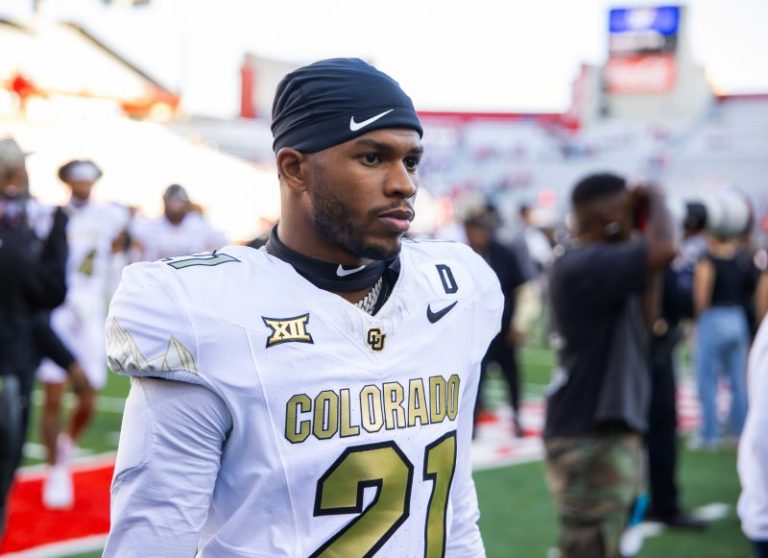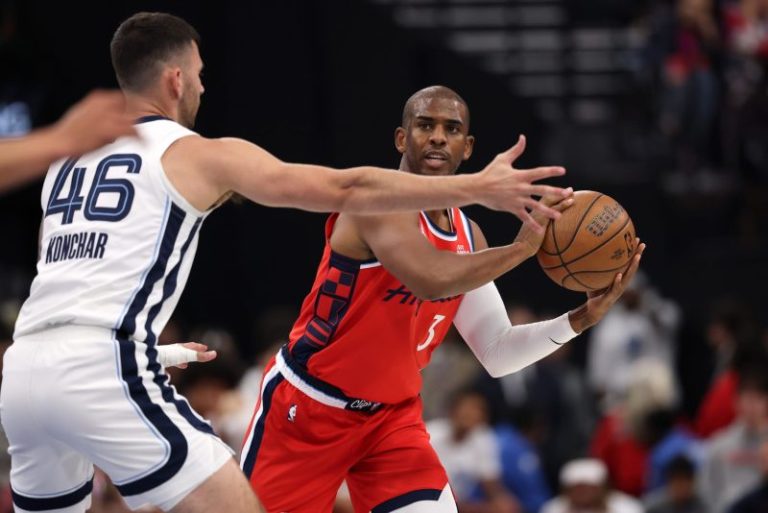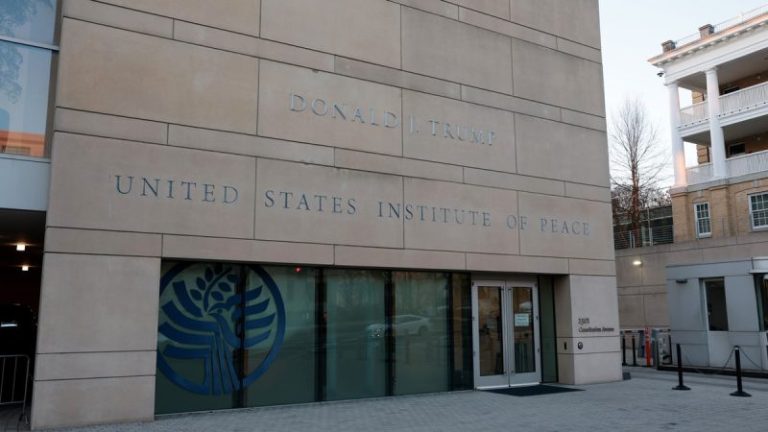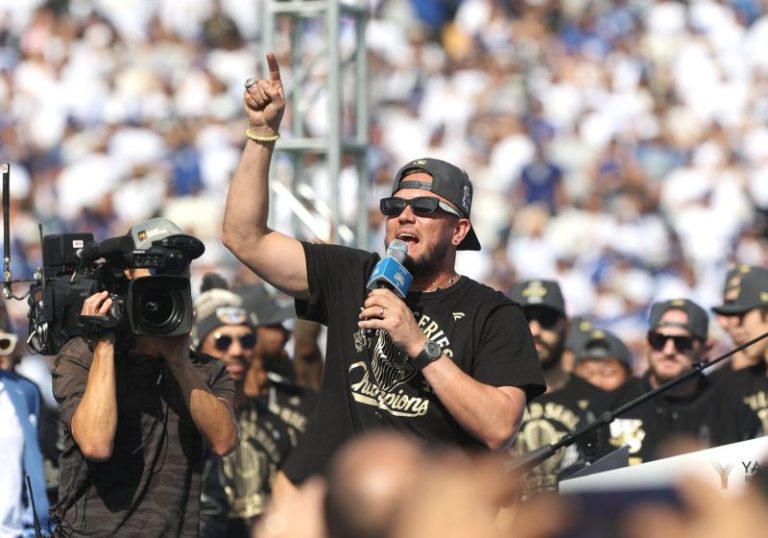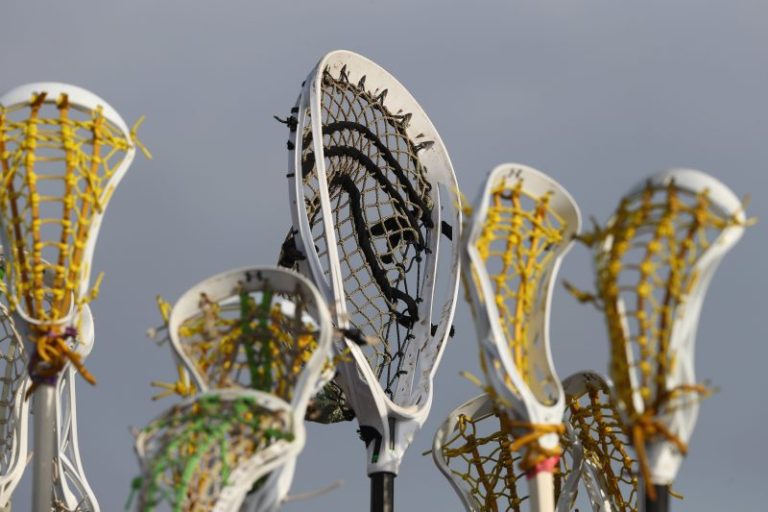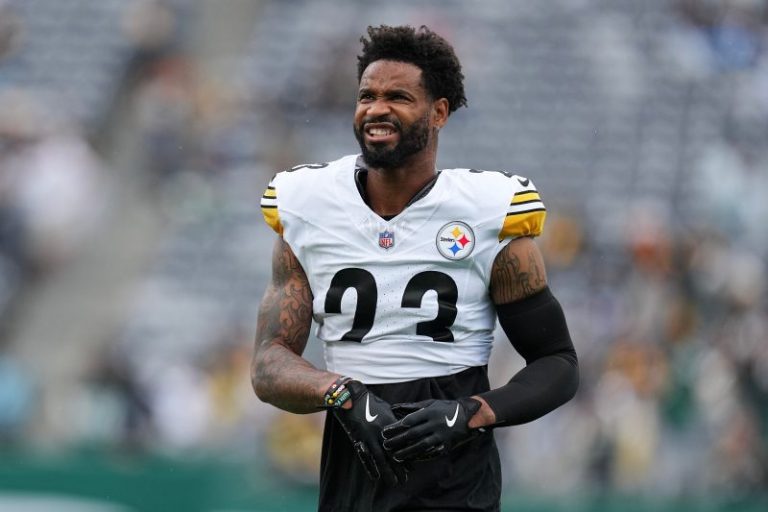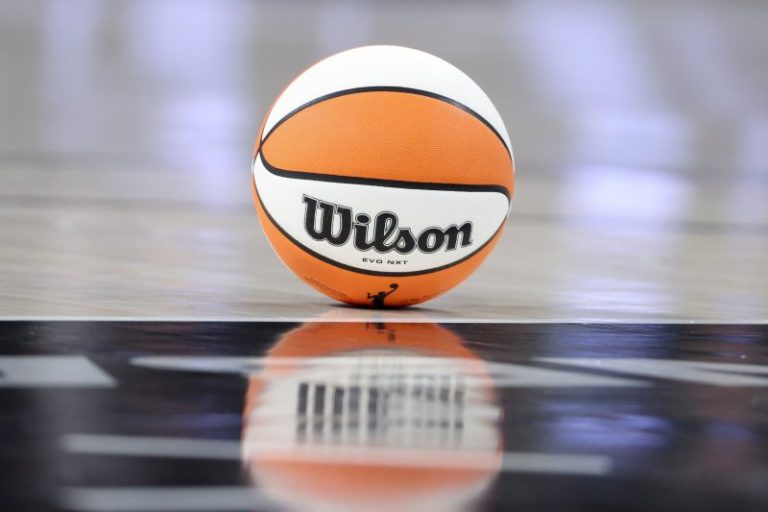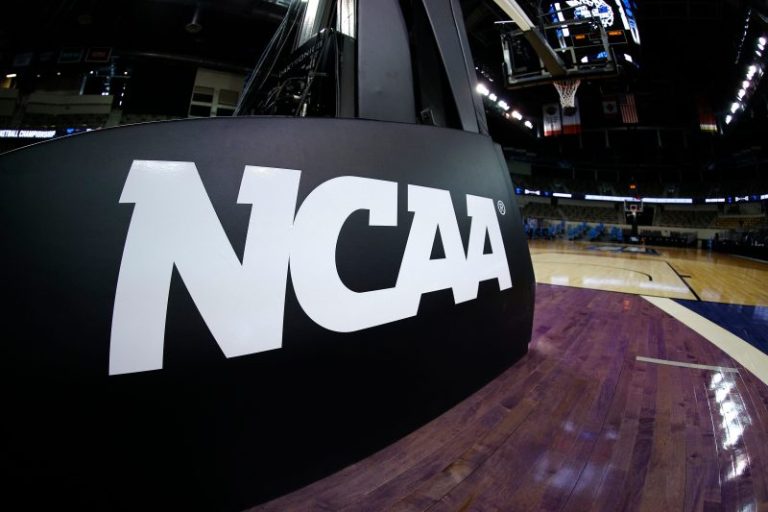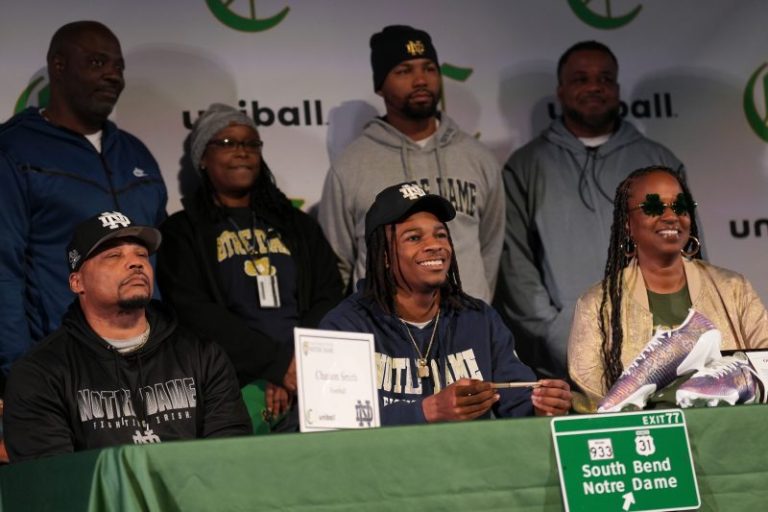The NBA season is well underway and the Milwaukee Bucks are limping into the middle of the season. Sure, star forward Giannis Antetokounmpo has been sidelined with a groin injury, but if the rumor mill is to be believed, the team could be without him again rather soon.
Sitting at 9-13, Bucks could be forced to face an unfortunate reality this season: the Greek Freak might leave town. On Tuesday, Dec. 2, Antetokounmpo scrubbed his social media profiles clean of almost all references to the Bucks. While ESPN’s Shams Charania has reported that Antetokounmpo and his agent are in talks with the Bucks regarding his future with the club, that hasn’t stopped fans from speculating where Antetokounmpo could land in a potential trade. After all, Charania also reported that they believe the Antetokounmpo situation will resolve itself within the next few weeks.
Here are the latest rumors regarding Antetokounmpo’s future in Milwaukee:
What do we know about the Antetokounmpo situation?
We know that Antetokounmpo was unhappy with the Bucks’ organization. He deleted all mentions of the Bucks from his social media pages on Tuesday, Dec. 2.
Futhermore, a recent interview with ESPN’s Brian Windhorst revealed that Antetokounmpo had asked to be traded to the New York Knicks during the most recent offseason.
However, Windhorst also assured listeners that Giannis was not moved and that the team has no plans to move him.
Antetokounmpo is signed with Milwaukee through the 2027-28 season, but Windhorst seems confident that Antetokounmpo could be moved before the start of next season.
Bucks coach Doc Rivers said Wednesday that Antetokounmpo has not requested a trade.
‘There have been no conversations,’ Rivers said. ‘I want to make it clear for, I would say one more time, but for the 50th time it clearly is not getting to one network … Giannis has never asked to be traded. Ever. I can’t make that more clear.’
Possible destinations for Antetokounmpo
The New York Knicks are the obvious destination. Windhorst mentioned that Antetokounmpo had asked to be traded there during the offseason.
Brooklyn Nets: lots of draft capital to trade
San Antonio Spurs: win-now mode
Houston Rockets: young talent to trade
Atlanta Hawks: young talent to trade
Los Angeles Lakers: win-now mode
Latest Antetokounmpo trade rumors
Outside of his interest in the Knicks, very little is known about Antetokounmpo’s potential suitors, but it is likely every team will at least touch base with the Bucks regarding the future Hall of Famer.
Other outlets have pointed at the Houston Rockets as a team that could provide the best possible NBA-ready talent, with players such as Amen Thompson, Reed Sheppard, and/or Jabari Smith Jr. (although his poison pill contract would make that difficult). Although the Rockets went out of their way to build a team centered around offseason acquisition Kevin Durant, a pairing with Antetokounmpo would obviously be a massive addition for a team looking to compete with the Oklahoma City Thunder. Still, reports have yet to emerge detailing Houston’s potential interest in The Greek Freak.
That said, the decision might ultimately come down to Antetokounmpo himself. According to ESPN’s Brian Windhorst, the Bucks might not make Antetokounmpo available to the entire league, instead opting to let Antetokounmpo pick a team with whom the organization will eventually work out a deal with. If that is the case, it might be only a matter of time before we see Antetokounmpo in Knickerbocker orange.
When is the NBA trade deadline?
This season’s trade deadline is set for Thursday, Feb. 5 at 3 p.m. ET.


